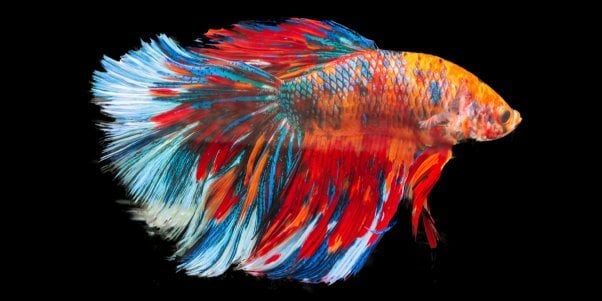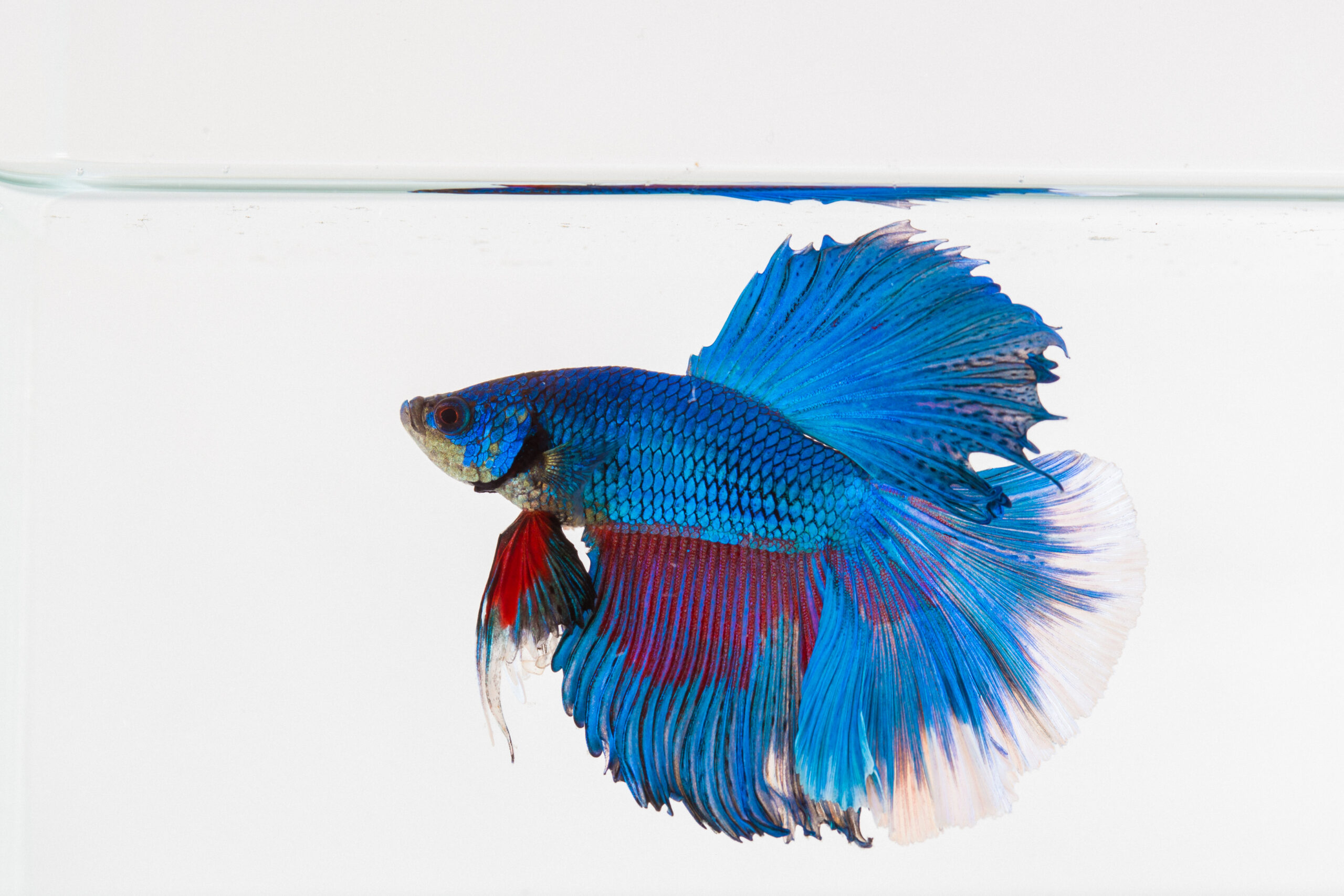Exactly how to Select the Right Betta Fish for Your Aquarium
Exactly how to Select the Right Betta Fish for Your Aquarium
Blog Article
Exactly How to Reproduce Betta Fish Successfully: Professional Strategies and Insights for Hobbyists Aiming To Broaden Their Betta Collection
Breeding Betta fish needs a nuanced understanding of genes and ecological problems, making it important for enthusiasts to come close to the procedure with both diligence and care. Producing an optimum breeding environment, choosing the ideal sets, and observing the intricacies of their courtship behaviors are foundational actions that can dramatically impact the outcome.
Understanding Betta Fish Genetics
Recognizing the genetics of Betta fish is essential for successful reproduction, as it affects qualities such as color, fin shape, and behavior. Betta fish show a varied variety of colors and patterns, largely determined by their hereditary make-up.
In enhancement to coloration, fin morphology is another substantial element of Betta genetics (betta fish). The sizes and shape of fins are influenced by various genetics, consisting of those that figure out whether the fins are short, long, or veil-shaped. Understanding these hereditary variations helps breeders forecast the phenotypic results of their offspring
Moreover, behavior characteristics such as aggression and territoriality can also be affected by genetics. These actions play an essential function in the reproducing procedure, as they can affect generating success and the overall personality of the resulting fry. By adequately comprehending these hereditary concepts, breeders can make informed choices, ultimately boosting their breeding programs and achieving preferable results.
Preparing the Reproduction Environment
Producing an optimal reproduction setting is crucial for the effective reproduction of Betta fish. The initial step in preparing this environment is to choose an appropriate breeding container, ideally varying from 5 to 10 gallons. This dimension enables for enough swimming space and the facility of regions. The tank needs to be geared up with a heater to keep a stable temperature in between 78 ° F and 80 ° F, which is essential for urging generating behavior.
Following, take into consideration making use of a sponge filter or an air stone to supply mild water circulation without producing strong currents that can worry the fish. It is important to install plants or breeding cones to provide concealing areas and advertise convenience for the lady throughout the spawning procedure. Floating plants, such as Java moss or water sprite, can also create a much more all-natural setting while facilitating bubble nest building by the male.
Before introducing the reproducing sets, ensure the water is conditioned and without hazardous chemicals, such as chlorine or heavy metals. betta fish. Regular water modifications ought to be carried out to maintain optimal water quality, enhancing the chances of successful breeding. With these prep work in area, the reproducing environment will support the wellness and well-being of both Betta fish
Picking Reproduction Pairs
Selecting the appropriate reproduction pairs is essential for attaining effective Betta fish reproduction. Healthy and balanced Betta fish exhibit click to investigate vivid shades, clear eyes, and active habits.
Temperament is an additional essential factor to consider, as Betta fish are understood for their hostile nature. It is a good idea to select a man and female that show compatible characters to minimize stress and anxiety during the reproducing process. A tranquil man can motivate a smoother courtship, while a lady that is as well hostile may disrupt the process.
Hereditary history likewise plays a significant function in the top quality of the offspring. Reproducing fish that are genetically varied can decrease the risk of hereditary wellness problems and boost the overall vigor of the fry. It is beneficial to investigate the family tree of both the man and female, concentrating on preferable traits such as fin type, color scheme, and dimension.
The Breeding Process
The reproduction procedure of Betta fish requires careful planning and interest to information to ensure a successful result. It is essential to prepare an ideal reproduction tank, preferably a 5-10 gallon fish tank with a temperature preserved at 78-80 ° F. The storage tank ought to be equipped with a heater, filter (preferably sponge type to avoid strong currents), and plenty of aquatic plants for the lady to conceal.
As soon as the environment is set, introduce the selected breeding pair to the tank, allowing them to accommodate. Observe their actions; the man will show fancy courtship rituals, including flaring his fins and building a bubble nest. If the female shows passion, she will certainly present upright stripes suggesting readiness for spawning.
When the female is responsive, both will certainly take part in a mating embrace, during which the male feeds the eggs. It is visit our website critical to check their communications carefully, as the male may come to be hostile. After spawning, remove the woman to avoid potential harm. The male will often tend to the eggs, which normally hatch out within 24-36 hours. Keeping ideal water conditions during this period is essential for the growth of healthy and balanced Betta fry.
Taking Care Of Betta Fry

Feeding Betta fry is crucial, as they need a diet regimen high check over here in healthy protein. They can be fed infusoria or liquid fry food, transitioning to finely crushed premium pellets as they expand. Feed tiny sections multiple times a day to urge healthy and balanced growth without overloading the tank with uneaten food.

As they develop, monitor their development closely and divide any hostile people to stop harm. By supplying a nurturing atmosphere and proper nourishment, enthusiasts can effectively elevate Betta fry into lively, healthy and balanced fish, ultimately boosting their breeding ventures.
Verdict
Successful Betta fish reproduction requires precise focus to genetic selection, environmental problems, and look after the fry. By comprehending the genes of Betta fish and preparing an appropriate breeding setting, enthusiasts can boost the chances of creating vivid, healthy offspring. Choosing suitable reproduction pairs and carefully keeping track of the courtship and spawning procedures are essential. Providing optimal care for the fry ensures their healthy advancement, adding to a successful Betta collection.
Report this page